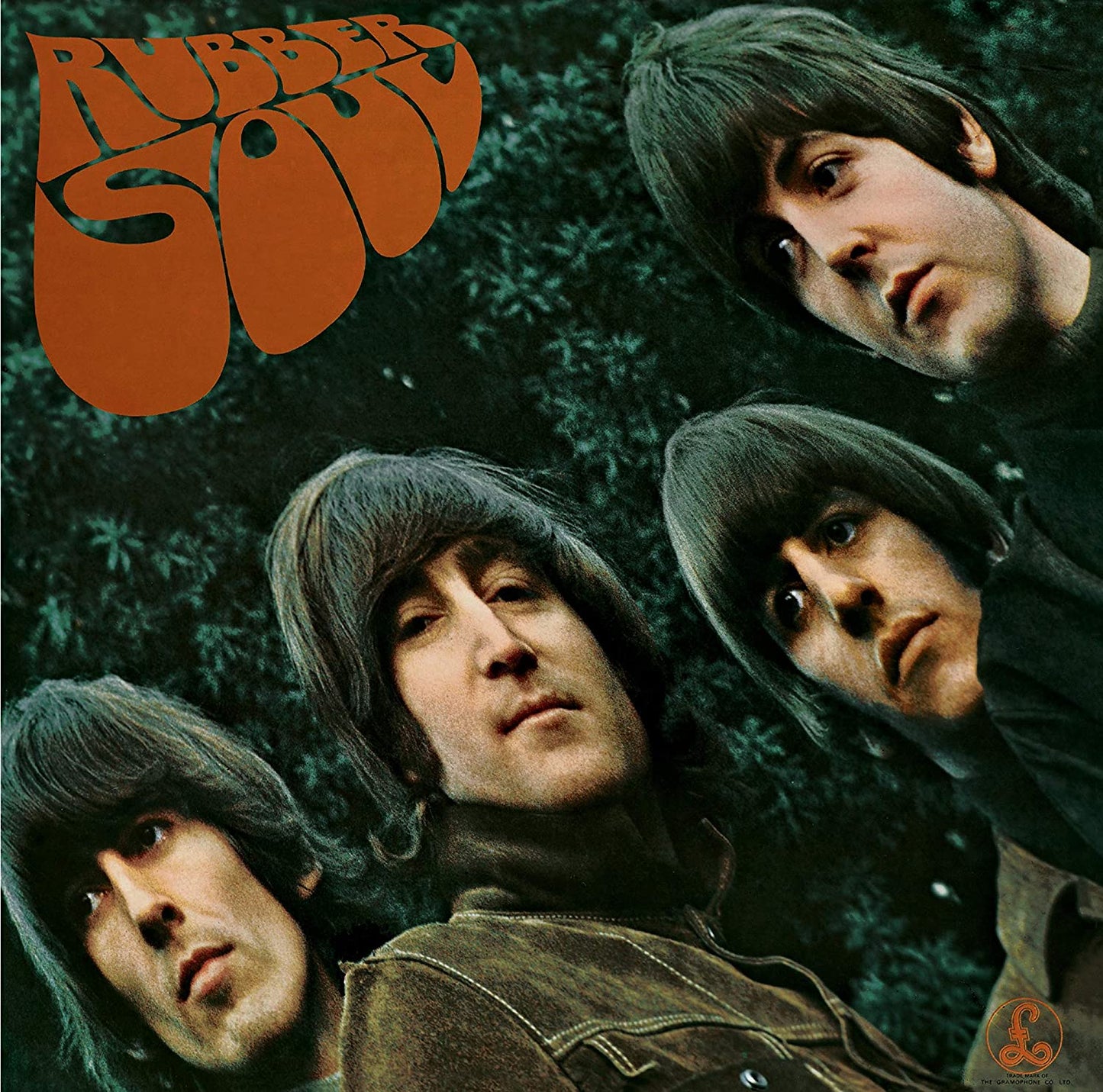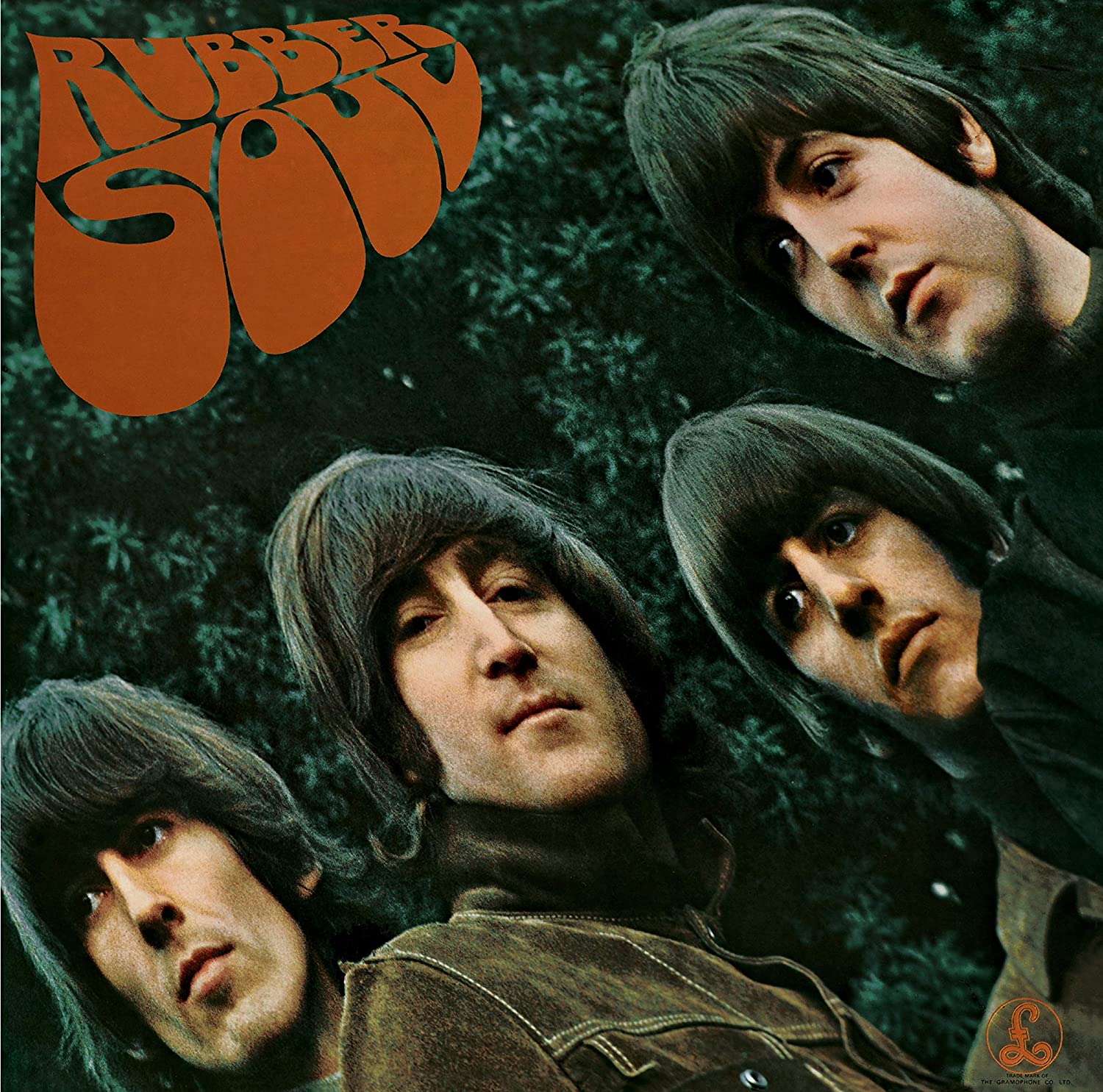It's always amazing the pressure under which the Beatles produced the most fantastic albums. For Rubber Soul, their sixth album, they had just four weeks, because the album had to be in stores in time for the Christmas sales. Before that, Lennon, McCartney, Harrison and Starr had been on tour for months. Physical and artistic exhaustion would have been a quite normal consequence.
Other musicians would probably have collapsed under the announcement of …
Read More
It's always amazing the pressure under which the Beatles produced the most fantastic albums. For Rubber Soul, their sixth album, they had just four weeks, because the album had to be in stores in time for the Christmas sales. Before that, Lennon, McCartney, Harrison and Starr had been on tour for months. Physical and artistic exhaustion would have been a quite normal consequence.
Other musicians would probably have collapsed under the announcement of producing a successful album in four weeks. This is also an aspect that distinguishes a supergroup from ordinary bands. And then you don't just record any album for the sake of Santa Claus and world peace, but a real work of art like later experimental albums like Revolver or Sgt. Pepper's Lonely Hearts Club would be.
Musicologists, as with many Beatles works, are still tapping their fingertips today trying to determine the album's outstanding importance to the canon of pop music, and Rubber Soul is no exception. In 2012, Rolling Stone ranked it number 5 on the list of the 500 most important albums of all time, and it also received platinum status in Great Britain and regularly landed among the best-of albums of various magazines.
In August 1965, the Beatles returned from their North American tour and, influenced by such diverse styles as soul, Bob Dylan's newly electrically amplified folk rock, a good portion of country (heard on What Goes On, for example) and George Harrison's growing interest in Indian music, began writing the album.
Even though, strictly speaking, The Kinks had discovered the instrument for their sound before: Norwegian Wood, written by McCartney and underpinned by Harrison's sitar playing, created a '60s hype for this instrument and Indian music and culture in general. Norwegian Wood is now considered the cornerstone for the emergence of world music. And all because Harrison began to take an excessive interest in everything that blew over from India into the Western world. Of course, he took sitar lessons from the greatest sitar player of all: Ravi Shankar.
Other musical journeys can be discovered in the song Michelle, a song strolling along the Seine with a baguette under her arm, or Girl dancing Greek sirtaki and having drunk a little too much ouzo. In My Life charms through a beautiful bridge with a piano that sounds like a harpsichord. And none of the Fab Four lagged behind in their development. Ringo Starr experimented with a number of unusual percussion instruments such as rumba balls and a tambourine, now a natural part of many drummers' repertoire. The song Wait is quite unusual with its acapella introduction and only becomes recognizable as a Beatles song again in the chorus. It sounds avant-garde and at the same time like gospel. You first have to get this melange right!
Like everything the Beatles touched, Rubber Soul was a resounding success. When the album was released on Dec. 3, 1965, record stores couldn't order supplies fast enough, so greedily was the record ripped from their hands. The album was to remain 42 weeks in the album charts and in the second week at number 1. There it stayed for eight weeks like a grandpa in his wing chair.
1: Drive My Car
2: Norwegian Wood (This Bird Has Flown)
3: You Won't See Me
4: Nowhere Man
5: Think For Yourself
6: The Word
7: Michelle
8: What Goes On
9: Girl
10: I'm Looking Through You
11: In My Life
12: Wait
13: If I Needed Someone
14: Run For Your Life
Read Less



